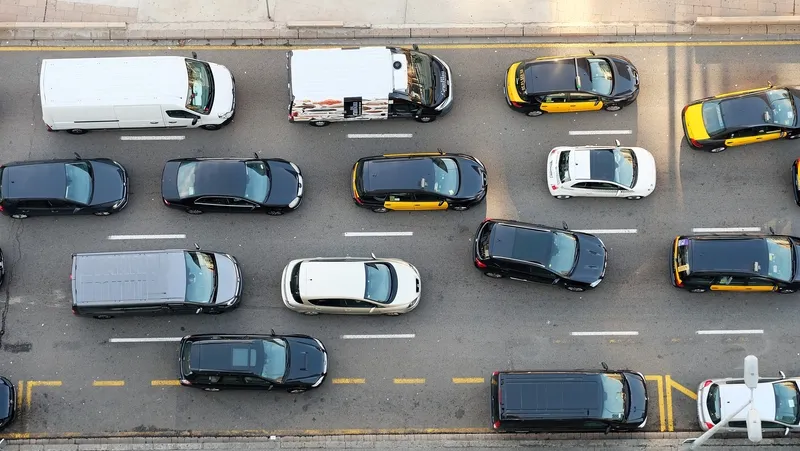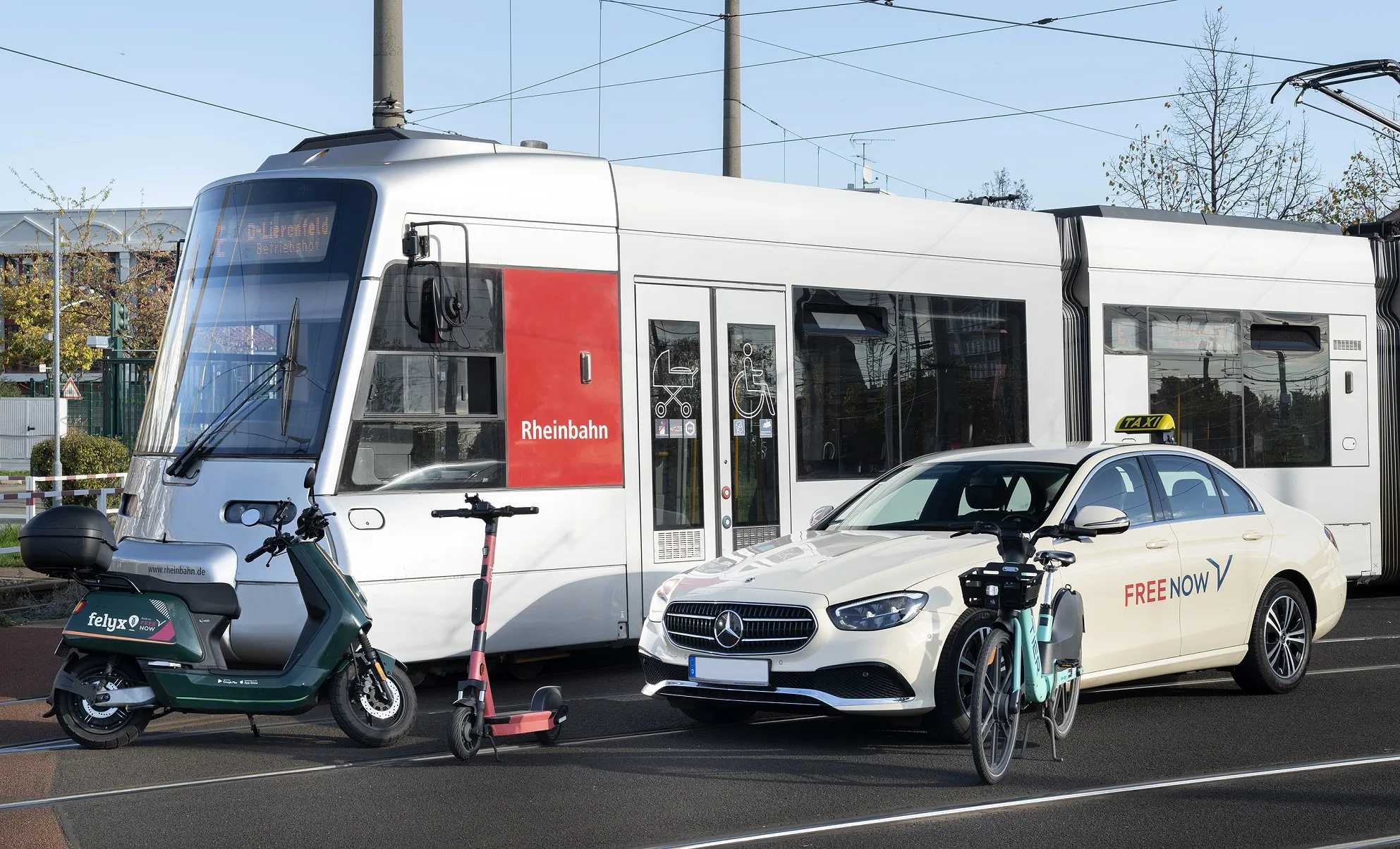Mercedes-Benz is expanding its research activities in the US, now that it has received a licence permitting it to test autonomous vehicles on public roads in California.
The company says it now plans to take autonomous driving to a new level in the US, despite the differences between US and German traffic systems, which it says are vast. While motoring in Germany commonly takes place on narrow roads, the roads in the USA are frequently wider and may have more than six or even eight lanes. Traffic lights
September 19, 2014
Read time: 3 mins
The company says it now plans to take autonomous driving to a new level in the US, despite the differences between US and German traffic systems, which it says are vast. While motoring in Germany commonly takes place on narrow roads, the roads in the USA are frequently wider and may have more than six or even eight lanes. Traffic lights are installed on the opposite side of the road, there are numerous scenarios for merging onto roads and at a so-called four-way stop the first to reach the junction is allowed to go first.
"These are all situations which do not exist in this form in Germany," explains Axel Gern, head of Autonomous Driving at
Professor Thomas Weber, member of the board of management of Daimler responsible for Group Research and Mercedes-Benz Cars Development, says: "Through our new research activities we aim to promote the topic specifically in the USA, as the traffic system in the USA differs from the system in Germany in numerous aspects. The knowledge that Mercedes-Benz gains will help to achieve significant strides in the further technological development of autonomous driving,"
The autonomous cars are driven by specially trained test drivers. The cars are specially equipped with safety features; the driver must recognise clearly when the car is in autonomous driving mode and must be able to override this mode at any time; in addition, the car must be capable of stopping autonomously at any time.
"In Germany, we demonstrated in the Bertha-Benz drive back in August 2013 that autonomous driving is technically possible in complex urban and rural traffic," observes Thomas Weber. "With the test drives in California we are now broadening the horizon for our research vehicles by additionally teaching them American traffic regulations."










